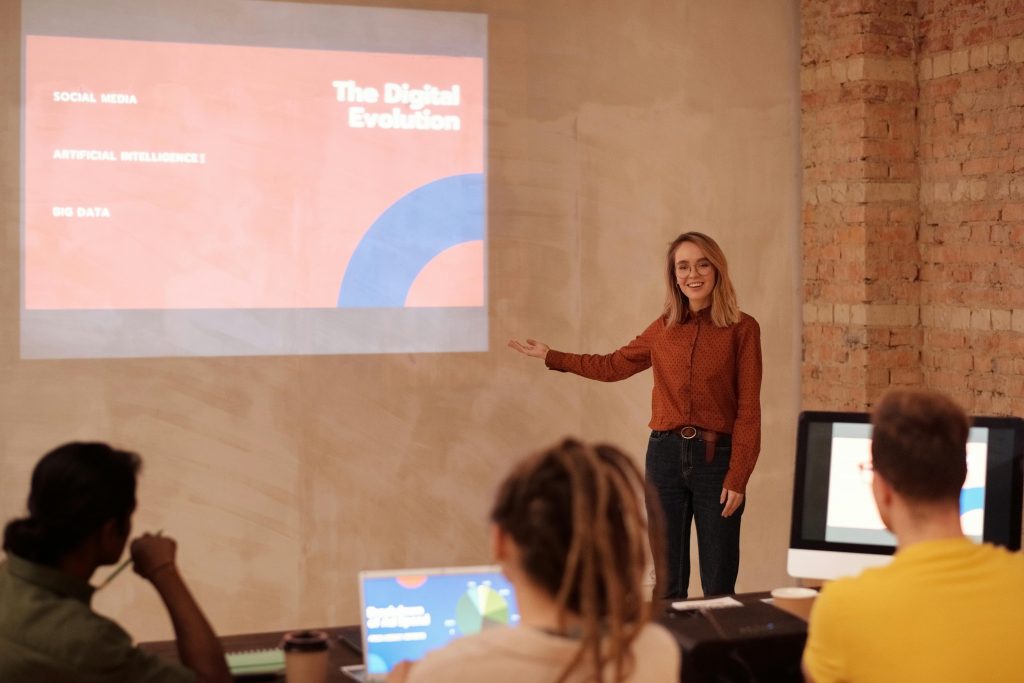Introduction
In today’s fast-paced business landscape, learning no longer follows a one-way street from seasoned leaders to junior staff. Reverse mentoring flips the script by pairing younger employees with senior executives, allowing fresh perspectives and digital savvy to flow upward. This dynamic approach not only cultivates cross-generational understanding but also sparks innovation, strengthens workplace culture, and readies organizations for the challenges of tomorrow. In this post, you’ll discover what reverse mentoring is, why it matters, and how to implement it successfully in your company.

What Is Reverse Mentoring?
Reverse mentoring is a structured, reciprocal learning relationship where:
- Junior “mentors” coach senior leaders on emerging technologies, social media trends, new methodologies, or cultural shifts.
- Senior “mentees” share institutional knowledge, strategic vision, and leadership wisdom in return.
Unlike traditional mentoring—where experience flows downward—reverse mentoring values the unique insights of newer generations to keep leadership agile, digitally fluent, and culturally attuned.
Why Reverse Mentoring Matters
1. Accelerates Digital Transformation
- Tech Fluency: Younger employees often adopt and master new tools faster. Teaching senior staff shortens digital adoption curves.
- Real-World Application: Junior mentors demonstrate how apps or platforms are actually used by customers or emerging markets.
2. Fosters Inclusive Culture
- Generational Empathy: Leaders gain firsthand exposure to the values and communication styles of Gen Z and Millennials.
- Breaks Down Silos: Encourages open dialogue across hierarchy, reducing “us vs. them” mentalities.
3. Sparks Innovation
- Fresh Perspectives: Junior mentors question legacy processes, prompting executives to rethink outdated assumptions.
- Idea Incubation: Reverse mentoring sessions often reveal new product ideas, marketing angles, or efficiency gains.

4. Develops Leadership Agility
- Adaptive Mindset: Senior leaders practice humility and active listening—key traits for modern leadership.
- Continuous Learning: Reinforces a growth mindset at the top, setting the tone for the rest of the organization.
Key Components of a Successful Reverse Mentoring Program
1. Clear Objectives and Scope
- Define Goals: Is the focus on digital skills, DE&I awareness, sustainability, or another strategic priority?
- Set Metrics: Track improvements in tool adoption rates, employee engagement scores, or innovation outcomes.
2. Thoughtful Pairing
- Compatibility: Match mentors and mentees based on interests and learning styles, not just demographics.
- Balanced Expectations: Ensure both parties know what expertise and time commitment they’re bringing.
3. Structured Framework
- Regular Cadence: Biweekly or monthly sessions keep momentum.
- Guided Agendas: Provide templates or discussion prompts to keep conversations productive.
4. Leadership Buy-In and Support
- Executive Endorsement: Public backing from C-level executives signals value and encourages participation.
- Resource Allocation: Dedicate time in leaders’ calendars—reverse mentoring should be treated as a priority, not an afterthought.
5. Training and Preparation
- Mentor Workshops: Teach junior mentors how to coach confidently, give feedback, and manage upwards.
- Mentee Orientation: Help senior leaders understand how to listen actively, ask open-ended questions, and apply learnings.

Step-by-Step Implementation Guide
Step 1: Pilot Program Design
- Select a Focus Area: e.g., mastering the company’s new CRM, understanding TikTok marketing, or exploring agile methodologies.
- Choose Participants: Recruit a small group of enthusiastic junior-senior pairs.
- Craft a Timeline: Plan for a 3–6 month pilot with defined check-in points.
Step 2: Launch and Kickoff
- Kickoff Workshop: Introduce the program’s purpose, logistics, and best practices.
- Icebreakers: Encourage pairs to share personal interests to build rapport.
Step 3: Ongoing Support
- Resource Hub: Provide reading lists, video tutorials, and discussion guides.
- Program Manager: Assign someone to monitor progress, collect feedback, and troubleshoot roadblocks.
Step 4: Midpoint Evaluation
- Pulse Surveys: Gather quick feedback on session quality and usefulness.
- Adapt as Needed: Tweak pairing, frequency, or focus areas based on responses.
Step 5: Wrap-Up and Scale
- Final Presentations: Have pairs share key takeaways and success stories with leadership.
- Measure Impact: Compare metrics (e.g., digital tool adoption before vs. after) and gather qualitative testimonials.
- Scaling Plan: Refine the model and roll out to additional teams or functions.
Real-Life Examples of Reverse Mentoring in Action
Example 1: Tech Giant’s Social Media Push
A Fortune 500 company enlisted recent grads to mentor senior marketers on emerging platforms like Snapchat and TikTok. As a result, the marketing team launched a viral campaign that boosted brand engagement by 40%.
Example 2: Financial Services Firm Embracing Agile
Junior software developers guided senior project managers through Scrum ceremonies and agile planning tools. Within three months, product release cycles shortened by 25%, and cross-functional collaboration improved noticeably.
Example 3: Retail Chain’s DE&I Initiative
Young employees coached executives on inclusive language and neurodiversity awareness. Leadership rolled out updated hiring practices and inclusive training modules, leading to a 15% increase in diverse hires.
Overcoming Common Challenges
| Challenge | Solution |
|---|---|
| Resistance to Role Reversal | Highlight executive sponsors’ own growth stories from mentoring. |
| Time Constraints | Integrate sessions into existing meetings or “lunch-and-learns.” |
| Unclear Goals | Revisit objectives and align on specific outcomes. |
| Communication Barriers | Offer communication-skills workshops for both mentors and mentees. |
Measuring Success and Sustaining Momentum
- Quantitative Metrics:
- Adoption rates of targeted technologies or processes
- Improvement in employee engagement or retention scores
- Number of innovation ideas implemented
- Qualitative Feedback:
- Surveys capturing perceived value and personal growth
- Testimonials highlighting transformational moments
- Long-Term Integration:
- Embed reverse mentoring into leadership development curricula
- Rotate pairings annually to expose leaders to diverse insights

Conclusion
Reverse mentoring is more than a trendy buzzword—it’s a strategic lever for cultivating agility, innovation, and inclusive leadership. By empowering younger employees to teach veterans, organizations harness the full spectrum of talent and perspective, keeping them competitive in an ever-evolving marketplace. Launch your reverse mentoring program today to bridge generational divides, invigorate your leadership, and spark the next wave of growth.




